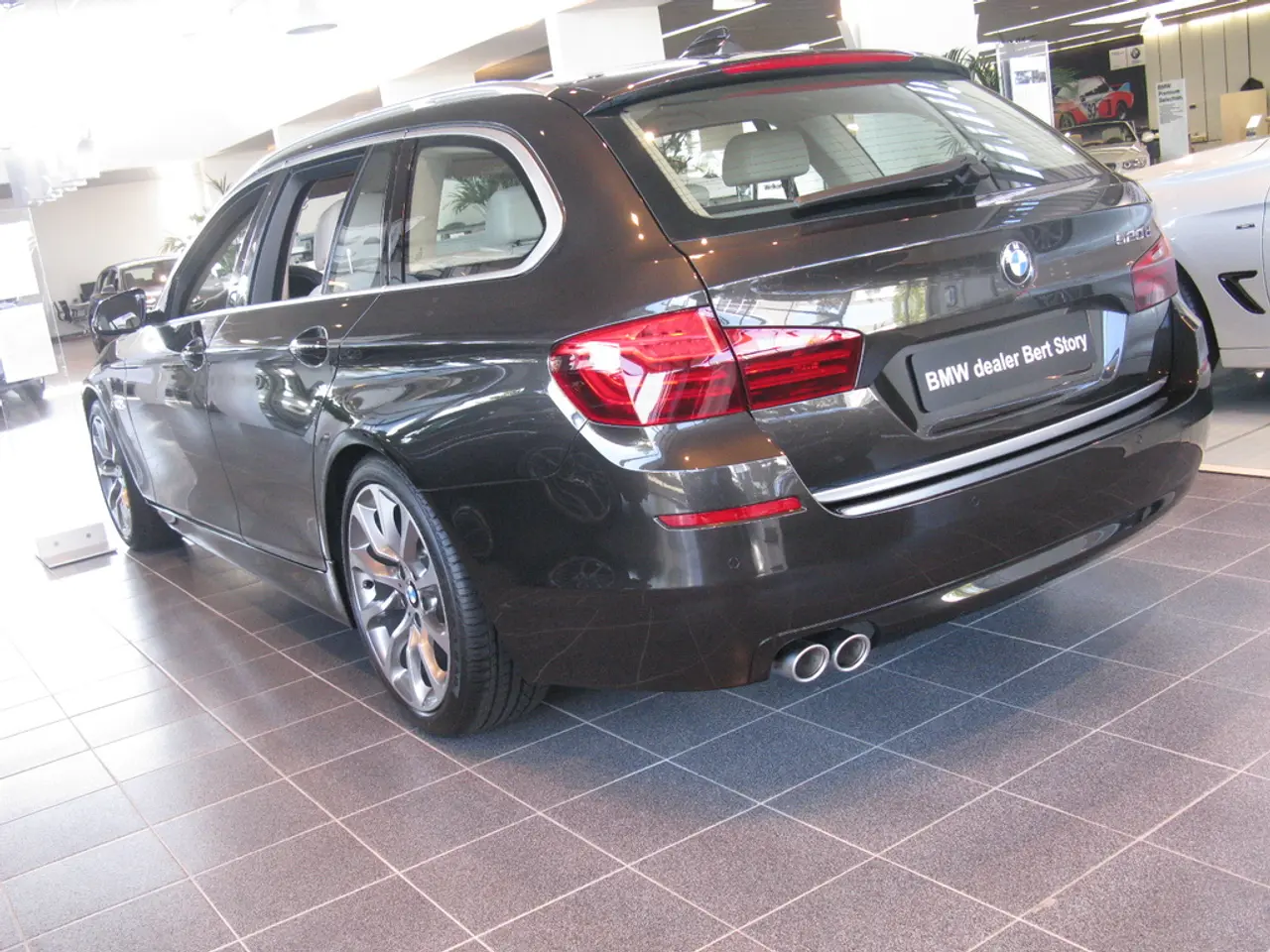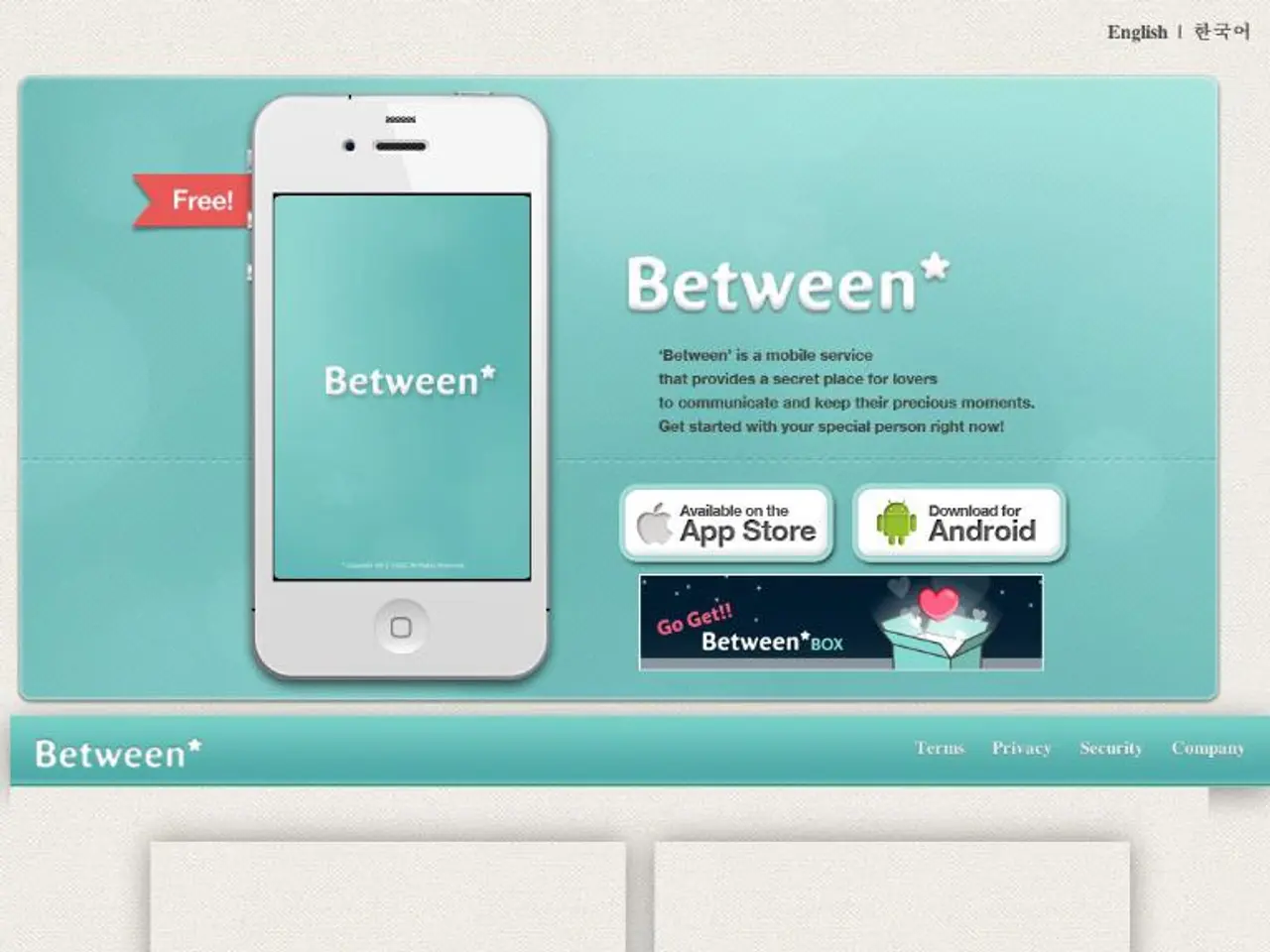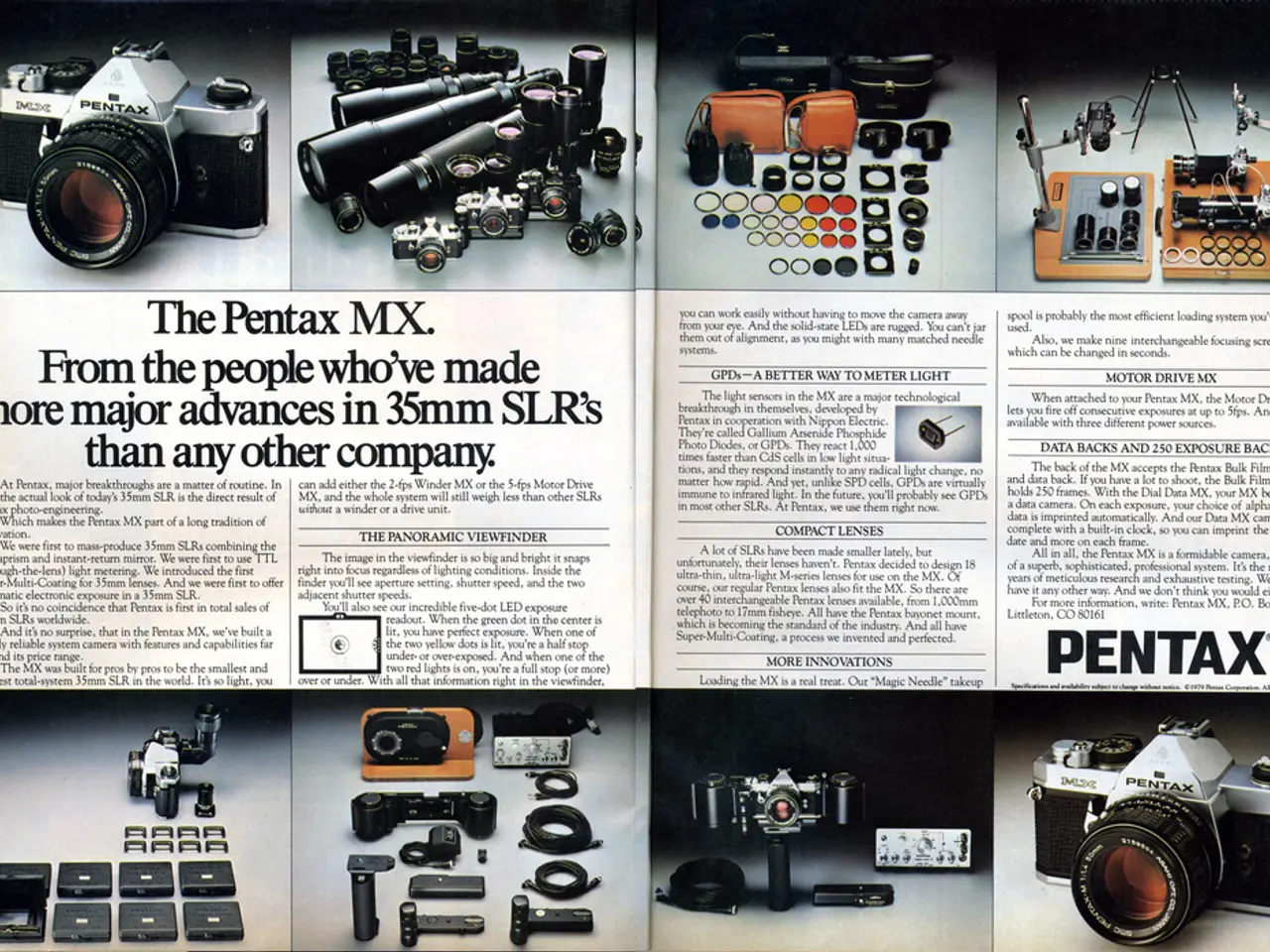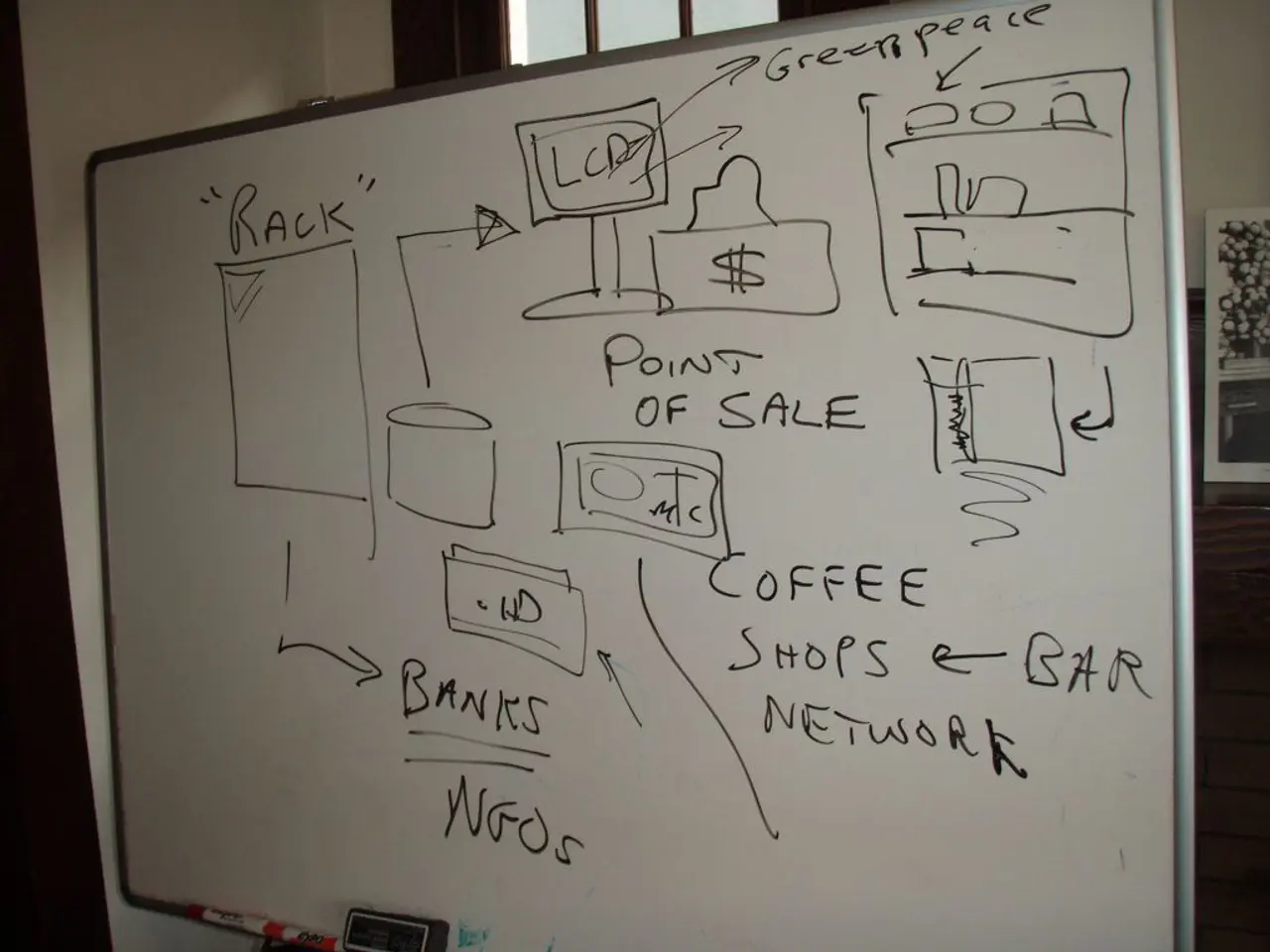Rapidly Charging Electric Vehicles for Time-Constrained Individuals
In Australia, the charging speed of electric vehicles (EVs) can vary significantly due to several factors. Understanding these factors can help EV owners optimise their charging experience.
The battery capacity is one of the main determinants of charging times. Larger batteries, which store more energy, take longer to charge because there is more energy to replenish. Another crucial factor is the state of charge (SoC) of the battery. Charging from a low SoC (near empty) takes longer than topping up from, for example, 20% to 80%. Charging too close to 0% or 100% also stresses the battery and can slow charging to protect battery health.
Each EV has a maximum power input it can accept, usually measured in kilowatts (kW). Charging faster than this rate will not speed up charging. Similarly, the charger’s capacity also limits the charging speed. If the charger provides less power than the vehicle's max input, charging speed is capped at the charger’s max.
Environmental factors, such as cold temperatures, can lengthen charging times because the battery may require warming to optimise fast charging, and battery efficiency is reduced in cold conditions. Charger type (Level 1/2/3) also plays a role, with Level 1 (home, slow) chargers taking up to 24 hours for a full charge, Level 2 (fast) chargers taking 4-10 hours, and Level 3 (rapid public DC fast chargers) able to charge 80% in 20-60 minutes.
In Australia, DC fast charging infrastructure has improved substantially on major routes, with networks like WA EV Network and Chargefox supporting multiple EV brands with seamless payment options. However, Tesla Superchargers, while offering high reliability and ease of use, are only available for Tesla vehicles in some regions.
To achieve maximum fast charging speeds, it is recommended to use a Level 3 DC fast charger compatible with your vehicle, ensure your EV model supports high charging rates close to the charger’s capability, start charging when the battery is reasonably depleted but not fully empty, charge in moderate weather conditions or let the vehicle’s battery management system warm the battery before charging in cold weather, use reliable chargers with proper connection and payment methods, and if charging at home, install a Level 2 charger sized to your EV’s max input rating.
The fastest-charging EVs in Australia can achieve a claimed 10 to 80 per cent charge time of 30 minutes or less, according to each manufacturer. However, it's important to note that these charging times may differ in reality. Active battery preconditioning functions can heat up the battery before arrival, but they use more juice.
The charging power (kW) and force (V) impact the charging speeds of electric vehicles. The energy transfer process contains about 10 to 15 per cent charging losses and ultimately impacts the speed of charging, expressed in the number of kilowatts (kW).
Some EVs, including the Hyundai Ioniq 5, Hyundai Ioniq 5 N, Hyundai Ioniq 6, Kia EV6, Genesis GV60, Genesis Electrified GV70, Lotus Eletre, Kia EV9 (Air only), Porsche Taycan, Porsche Taycan Cross Turismo, Audi E-Tron GT, BYD Seal (Premium and Performance only), Volvo EX30, Volvo XC40 Recharge, Volvo C40 Recharge, MG 4 (Excite 64 and Essence 64 only), Audi Q4 E-Tron, Polestar 2 (Long Range Single Motor and Dual Motor only), BYD Atto 3 (Extended Range only), BYD Dolphin (Premium only), BMW iX1, Peugeot E-2008, Peugeot E-Partner, Mercedes-Benz EQA, Mercedes-Benz EQB, Mercedes-Benz EQS, BMW iX2, Renault Megane E-Tech, BMW iX3, BMW i5, Polestar 3, Lexus RZ, Subaru Solterra all claim fast charging capabilities.
The key word is 'class', as 400V and 800V are generalised terms. For example, the 800V class Kia EV6 electric SUV actually has a 697-volt battery system to be exact. The higher the 'pressure' of current, the faster electrons can be charged into the battery - enabling more driving range to be pushed into the cells in a shorter time.
In cold climates, the BMS only accepts a very low charge rate at first, before ramping up as the battery heats up, and slows again as a higher percentage is reached. Public DC fast charging stations with output equal to or greater than the EV’s maximum DC input capability can result in faster charging times. However, frequent fast charging is unhealthy for batteries in the long-run.
Some EVs, including the BYD Atto 3, Tesla Model 3, and Hyundai Ioniq 5, include heat pumps as standard. Hyundai, Kia, and Genesis claim their EVs are 'compatible' with a 350kW DC charging station, but the real-world peak charging rate is actually 240kW DC. In warm climates, the BMS slows down charging speeds as the battery fills up and as heat builds up quickly.
In summary, the fastest charging depends on matching a high-power charger with a vehicle capable of rapid input, maintaining the battery's state of charge in an optimal range, and mitigating environmental impacts like cold weather.
- Engaging in the fast-paced landscape of technology, the advancement in electric cars and their charging infrastructure has significantly impacted various industries, including finance as many investors pour resources into the electric-vehicle sector.
- As the demand for eco-friendly transportation rises and lifestyles shift towards sustainability, the evolution of electric-vehicles will undoubtedly have profound effects on the transportation industry, redefining how we travel and commute.
- The integration of electric-vehicles in our daily lives will also have significant consequences for the energy sector, particularly within the finance realm, as the need for increased power generation capacity to support these vehicles is expected to grow dramatically.




